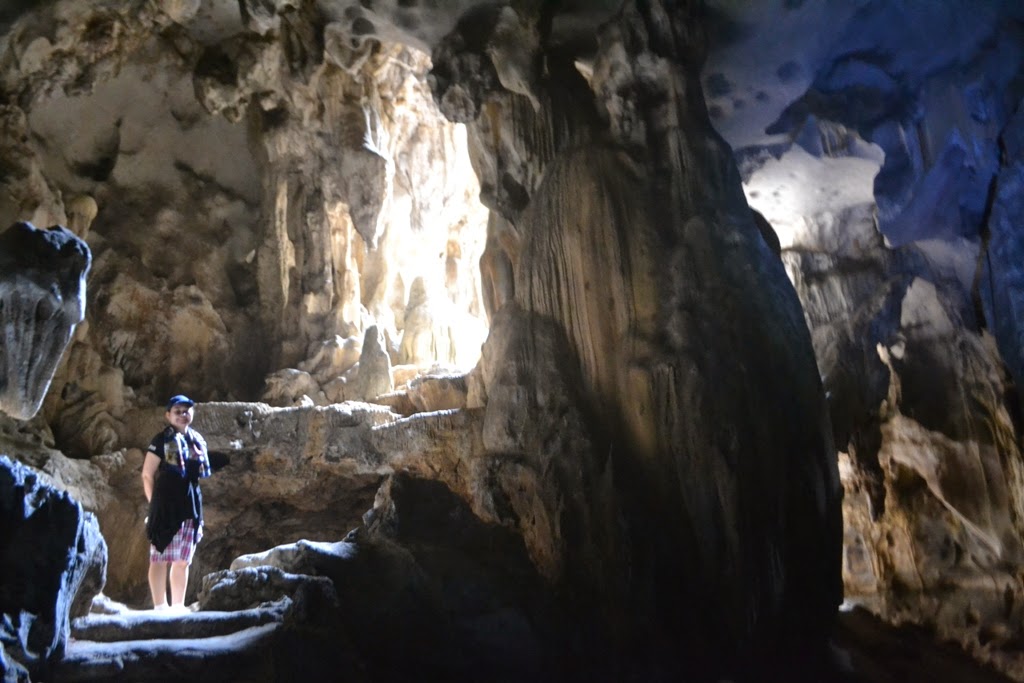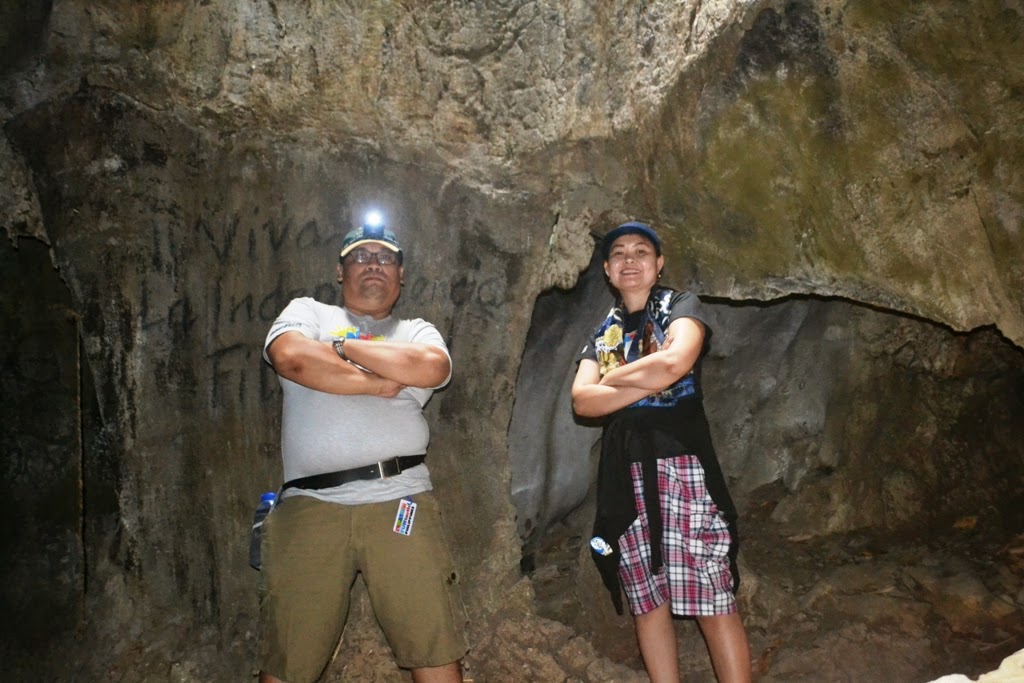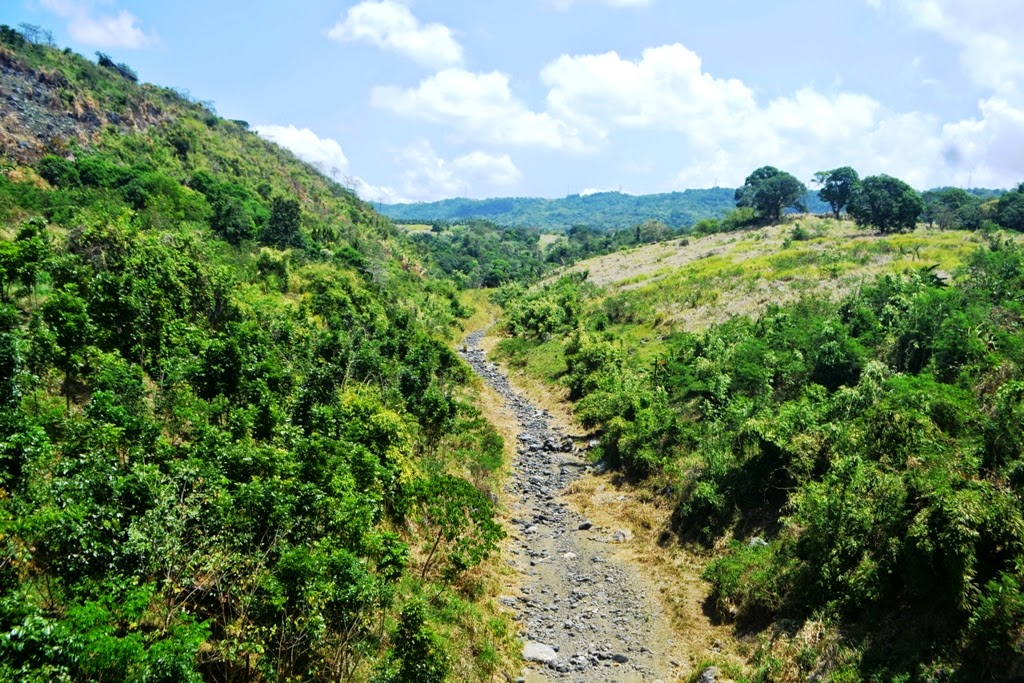Since the 1970s, my Dad and the family would always go on a roadtrip trying to attempt to reach the Pacific Ocean thru the Sierra Madre Range beginning from Marcos Highway in Masinag which is still in its infancy and we can only go as far as Boso-Boso because the concrete road only reaches up to that town but obviously one can discern that the rough road ahead could go as far as Tanay. But with the active insurgent activities in the area, no one would dare go beyond that point without military escort or risk an encounter with the NPA. Sierra Madre until the turn of the new millenium remained elusive to mainstream tourism.
When the Marcos Highway finally reached Tanay, one of the first hotel that opened in the area is Pranjetto Hills Resort. Finally, the once secluded upland town of Tanay, which was only known for its popular Daranak Falls began to grow steadily as more hotels, tourist spots and nature camps sprouted in succession. Allow us to share our brief furlough in this lovely hotel resort nestled in the rollling hills of Sitio Mayaga, Sampaloc, Tanay.
In the summer of 2014, being the spontaneous man that I am, we were suddenly on a very ambitious road trip. My childhood dream of reaching the Pacific Ocean through the MariFanta highway that my Dad wasn't able to do has finally become a reality.
We traveled along seemingly endless winding and landslide-strewn cliff side roads in the mountains of Rizal and Quezon and at many occasions not a single soul was in sight for several miles. We reached Infanta shortly before lunch and had the summer time of our lives during that memorable summer. While passing Tanay, we saw Pranjetto Hills for the first time and I told Malen that we will be visiting Tanay next and will check out that hotel.
We finally decided to visit Tanay and celebrate our Valentines weekend in Pranjetto Hills. We were cordially welcomed by the hotel manager "Nanay Tess", who was a very warm and hospitable lady who allowed us to see all the different kinds of rooms in the resort in preparation for our department summer outing. She even gave us an egg fruit or "chesa' in the local name and some pili nuts. She told us that all these fruits actually came from the resort farm.
Pranjetto Hills Resort and Conference Center is a sprawling property of rolling hills, pine trees, cool climate and warm, hospitable people.
It has a main building with a grand ballroom for a variety of events and a mixture of different room accommodations ranging from romantic cabin-in-the-woods and standard hotel rooms and dormitory size accommodations.
A large swimming pool adorns the tree-laden landscape surrounded by picnic sheds, flowing brooks and different exotic flowers. One can barbecue your favorite fish, chicken or any meat of your choice in the poolside and enjoy swimming in the pool in blissful joy.
You can also try try climbing the stairs up to the highest point in the resort. Upon reaching the top you get a 360 degree view of the Sierra Madre Mountains, Laguna Lake and the neighboring towns around Rizal. You will be able to grasp how big Pranjetto Hills is based on the distance from the view you are seeing from the top.
There is also a 3-level hanging bridge where we enjoyed some time having selfies, tandies, groufies or whatever phototerms you can think of.
We traveled along seemingly endless winding and landslide-strewn cliff side roads in the mountains of Rizal and Quezon and at many occasions not a single soul was in sight for several miles. We reached Infanta shortly before lunch and had the summer time of our lives during that memorable summer. While passing Tanay, we saw Pranjetto Hills for the first time and I told Malen that we will be visiting Tanay next and will check out that hotel.
We finally decided to visit Tanay and celebrate our Valentines weekend in Pranjetto Hills. We were cordially welcomed by the hotel manager "Nanay Tess", who was a very warm and hospitable lady who allowed us to see all the different kinds of rooms in the resort in preparation for our department summer outing. She even gave us an egg fruit or "chesa' in the local name and some pili nuts. She told us that all these fruits actually came from the resort farm.
Pranjetto Hills Resort and Conference Center is a sprawling property of rolling hills, pine trees, cool climate and warm, hospitable people.
It has a main building with a grand ballroom for a variety of events and a mixture of different room accommodations ranging from romantic cabin-in-the-woods and standard hotel rooms and dormitory size accommodations.
A large swimming pool adorns the tree-laden landscape surrounded by picnic sheds, flowing brooks and different exotic flowers. One can barbecue your favorite fish, chicken or any meat of your choice in the poolside and enjoy swimming in the pool in blissful joy.
There are many places to explore inside the resort property itself. On the north side of the property, we explored the forest hills and came upon a Catholic chapel on the hill. There is also this cool, relaxing lanai where we just loafed around and felt the fresh cool air and trees around while reminiscing memorable adventures in the past.
Beyond the chapel is a lagoon where sheeps drink water from while grazing on the grasses that grow on the hillside. The area beyond the chapel has a very peaceful and serene atmosphere ideal for soul searching, reflections and meditation. We spent quite some time here just relaxing and feeling nature in its splendid tranquility.You can also try try climbing the stairs up to the highest point in the resort. Upon reaching the top you get a 360 degree view of the Sierra Madre Mountains, Laguna Lake and the neighboring towns around Rizal. You will be able to grasp how big Pranjetto Hills is based on the distance from the view you are seeing from the top.
What we really loved on the north side are the beautiful wooden cabins that blended well with the environment. It's what you call anthropogenic luxury in the midst of nature.
Staying and spending a night in one of these cabins is indeed a privilege for city-slickers like us.
Roaming around the garden, your eyes will feast over different varieties of exotic and fragrant flowers that will really amaze and wow you to your heart's delight.
On the south side is the battle ground area for paintball war games. They have a complete set protective gears, firearms and paint bullets for rent to guests who would like to try out the feeling of being in a combat situation where you really get to shoot but not harm the enemy. Just be careful not to get hit so close because it will still sting a bit.
Another attraction on this side is the zipline. Trivia tells that the first application of the zipline for human traveling was done by biodiversity researchers who innovated the use of cables to allow them to travel from tree to tree in the forest canopy of tropical rainforests. This way they don't need to climb down a tree just to transfer to the next tree. All they have to do is zip their way through the canopy and they can be on the next tree sooner than you think. Anyway the rate for the zipline is discounted in half for checked-in guests.
There's also a basketball court and an obstacle course in this area and if you're the sentimental, hopeless romantic type, you can get to spend a quiet moment in the gazebo with a wishing well in the center, reminiscing the good times in solitary tranquility or in the company of your sweetheart. Ooooooh so cheesy!
But the best part of all is our cabin-in-the-woods which made our weekend getaway so memorable indeed as we enjoy snuggling up together during the very cold nights of February where the weather up here can be as cold as Tagaytay and Baguio.
During the day we just while the time away talking about the good times as I played with the guitar and Malen eating all the different kinds of chips such as potato chips, nachos, corn chips and other junkfoods to her tummy's delight!
Overall, our weekend getaway in Pranjetto Hills is one for the books to remember by. The stay in the clean cabin was very cozy. There are lots of things to do around the resort. However, they don't have wi-fi in the rooms, only in reception office. Anyway, if you really want to get disconnected with the world then this is the place to be where you can get close to nature without sacrificing comfort and style. We won't be giving comments about their food since we checked-in as walk-in guests and they only prepare food for those who made advanced reservations.
We had a good time eating outside in the many romantic diners along the road such as the Paseo Rizal Mayaga, Cafe Katerina and Bakasyunan Resort Restaurant. Overall, Pranjetto Hills is probably the best option for overnight accommodations when you visit Tanay because all the sights to see here are all within striking distance of the resort. And if you opt to just stay here, there are countless activities to while your time away to a great weekend only here in Pranjetto Hills Resort and Conference Center.






.JPG)










.JPG)
.JPG)


.JPG)
















































